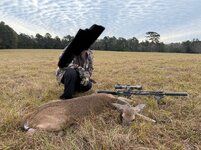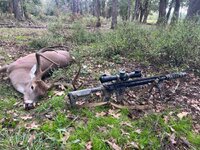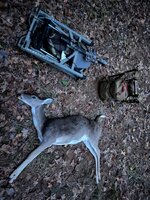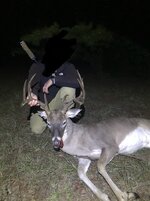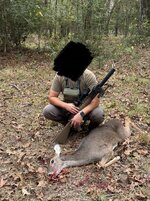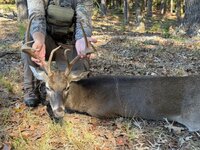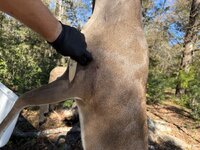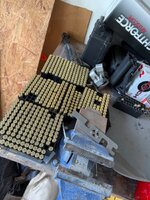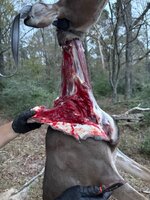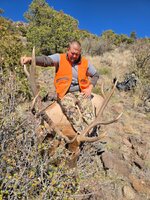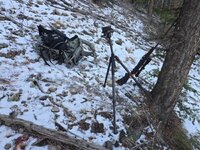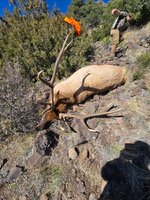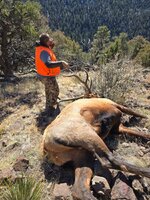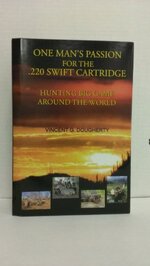That’s the problem. All we are saying is that high quality bullets in their effective velocity range will kill an animal. 223 rem or .35, put the right bullet north of the diaphragm and the animal will die quickly.
What about my buddy with 6.5 PRC that lost two whitetails in one season? Finally he got one on the ground and I asked him what it looked like when he gutted and he said it was guts soup. Turns out someone told him to shoot away from the crease to avoid meat damage. He was just gut shooting animals and couldn’t find them. The “off the crease” stuff needs to die. Straight up the front leg, middle middle elevation and you’ll get heart and lungs and it’ll die. He literally did not understand basic anatomy, perfusion, or mechanisms of death. What if he came on here and argued against 6.5’s not being enough gun? Should we listen to him? I bet a bunch of people with bias toward big guns would surely listen and quote him. Luckily I talked him out of a multi thousand dollar 300 PRC after showing him a handful of .223 kills.
Tell ya what, I’ll just use your argument back on you.
I don’t need to try a 35 bore because for 20 years of hunting deer with soft shooting, accurate 223 and 6mm guns, I haven’t had a single problem. So why would I beat my shoulder up and give my kids a fear of shooting with “big” guns?
Or I could explain, somewhat scientifically, what I have seen from personal experience. That my “small” guns cause enough tissue damage in the vital cavity to stop perfusion in the brain almost instantly. AKA, they don’t run far. It also happens they’re cheap to shoot, anccurate and gently recoil. AKA I know my limits well, and inside of my limits, I’m extremely lethal with my guns. Seems like a win win win for me.
I’d just love someone from the big bore crowd to explain, scientifically, how the extra millimeter of bullet diameter kills better. Genuine question.
You hang on to anecdotes that make you feel good and ignore everything else.
I have literally only killed deer in the last 5 years with .233 and 6ARC. Last one before those was a bad shot with a 308 and she ran 100 yards and expired, as expected. Luckily I got some lung or she would have gone much further, with probably any cartridge. Still made for a smelly gut job.
6 ARC kills are a big doe, see gaping hole above. Shot at 250
Next is wife’s doe at 200ish
View attachment 952710
Big buck just shy of 200, can’t remember exactly.
View attachment 952711
.223 kills, 77TMK, 75 SABRE’s, and 77SMK’s all went down in sight in thick east texas
40 yards
View attachment 952702
190-200 yards
View attachment 952703
100 yards
View attachment 952705View attachment 952707
Put a high quality bullet at a proper velocity right here on an ungulate and it will F**KING DIE.
View attachment 952708
Just last year I killed 5 deer, nothing but 6 arc and 223.
I am hunting elk this year, and bumped from an ARC to a 6 creed bolt gun. I’ll report back if I’m lucky enough to punch a tag. Hell I’ll report back if it works like shit, but I doubt it. I know my limits because I shoot the absolute piss out of that gun (getting used to the added recoil

.) Here is my brass stack (at least what I picked up) from my training since I got the gun done in June. I feel confident that I’ll do my part and out the bullet on the money, and I feel confident that that 108 will do what it has always done, which is liquify all the goods inside the thoracic cavity.
View attachment 952709
I think we are dealing with 100 years of people shooting like shit and blaming the cartridge or chambering. Just silly and egotistical.

